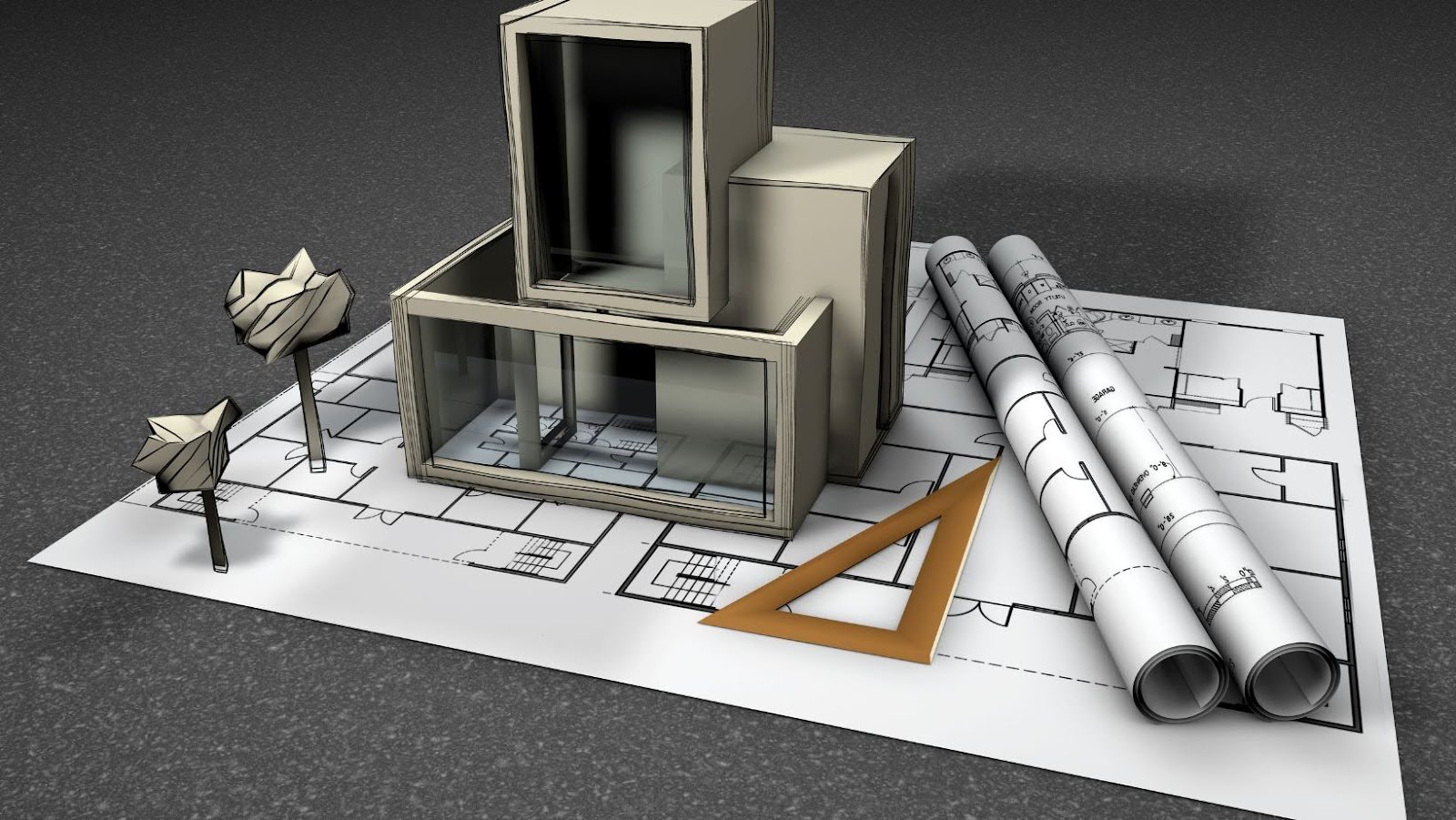Luxury architectural design has always been synonymous with innovation, craftsmanship, and grandeur. Today’s luxury homes and buildings go beyond mere opulence; they reflect evolving lifestyles, cutting-edge technology, and a growing desire for sustainability. As tastes change and new materials and methods emerge, luxury architecture continues to set the standard for elegance and comfort. In this article, we’ll explore the current trends shaping luxury architectural design, highlighting how these elements are transforming high-end living spaces around the world.
Embracing Sustainability and Eco-Friendly Design
One of the most significant shifts in luxury architectural design is the integration of sustainability. Modern luxury clients are increasingly conscious of their environmental footprint and demand homes that are not only stunning but also responsible.
This trend includes the use of renewable materials such as reclaimed wood, natural stone, and low-VOC (volatile organic compounds) paints. Architects are designing buildings with energy efficiency in mind, incorporating features like solar panels, geothermal heating, and advanced insulation techniques to reduce energy consumption.
Green roofs and living walls have become popular, blending natural elements into the architecture to promote biodiversity and improve air quality. Luxury architectural projects now often include smart water management systems and rainwater harvesting to minimize waste.
Sustainability in luxury design doesn’t mean sacrificing beauty or comfort. Instead, it enhances the experience by connecting occupants to nature and creating healthier, more resilient homes.
Seamless Indoor-Outdoor Living
Luxury architectural design increasingly blurs the boundaries between indoor and outdoor spaces. Large glass walls, sliding doors, and expansive patios create a fluid connection with the surrounding environment. This design approach takes advantage of natural light and views while expanding living areas to include terraces, gardens, and outdoor kitchens.
In warm climates, infinity pools, outdoor lounges, and fire pits extend the home’s usable space. Even in cooler regions, architects are designing covered patios and sunrooms that invite residents outside year-round.
This seamless transition encourages a lifestyle that embraces nature and promotes wellbeing — a priority for many luxury homeowners today.
Smart Homes and Integrated Technology
The rise of smart home technology has revolutionized luxury architectural design. Today’s luxury residences feature integrated systems controlling lighting, climate, security, entertainment, and even window treatments, all accessible via smartphones or voice commands.
Luxury architects work closely with technology experts to incorporate these systems discreetly, ensuring that technology enhances the home’s aesthetics rather than detracting from them. Automated blinds, temperature sensors, and personalized lighting scenes create comfort and convenience while saving energy.
Beyond convenience, security is a key factor, with biometric access, surveillance systems, and remote monitoring built into the design. The future of luxury architectural design embraces connectivity and smart living without compromising style.
Minimalism with Warmth
While luxury architecture often evokes grandeur, there’s a growing trend toward minimalist design that emphasizes clean lines, open spaces, and restrained palettes. This approach creates a serene, uncluttered atmosphere that lets architectural details and high-quality materials shine.
However, minimalism in luxury homes isn’t about cold austerity. Designers are incorporating warmth through natural textures, soft lighting, and carefully chosen furnishings. Wood, leather, and stone add tactile richness, while warm neutrals and earth tones create inviting environments.
This balance between simplicity and comfort reflects a modern luxury lifestyle focused on calm, functionality, and timeless elegance.
Statement Architectural Features
Bold architectural statements are a hallmark of luxury design. Today, this might mean dramatic double-height ceilings, floating staircases, or sculptural facades that make a powerful impression.
Innovative use of materials allows architects to push boundaries. For example, expansive glass panels offer uninterrupted views and flood interiors with light, while cantilevered sections create dynamic silhouettes.
In luxury homes, features like indoor waterfalls, grand foyers, and bespoke lighting installations add drama and a sense of exclusivity. These elements express individuality and elevate the property beyond the ordinary.
Focus on Wellness and Home Sanctuaries
Luxury architectural design is increasingly centred on wellness and creating personal sanctuaries. Homeowners want spaces that promote relaxation, health, and mental wellbeing.
Dedicated spa areas with saunas, steam rooms, and massage spaces are common. Indoor gyms equipped with natural ventilation and garden views help encourage an active lifestyle. Meditation rooms, yoga studios, and tranquil water features foster mindfulness.
Daylight optimization, air purification systems, and biophilic design—incorporating natural elements inside the home—further support wellbeing. This wellness-driven architecture transforms homes into retreats from busy lives.
Customization and Bespoke Design
Personalization remains a cornerstone of luxury architecture. Today’s clients expect their homes to be unique reflections of their tastes, interests, and lifestyles.
Architects collaborate closely with clients to design bespoke features—from custom cabinetry and tailored lighting to hand-crafted finishes and one-of-a-kind art installations. This bespoke approach extends to layout and spatial planning, ensuring every room serves a purpose. Many homeowners also seek the expertise of an interior designer in London to bring their vision to life with refined style and practical elegance.
The demand for exclusivity drives innovation, encouraging architects to blend traditional craftsmanship with the latest technologies and materials.
Sustainability Meets Luxury in Location Choices
Alongside design trends, location remains a vital element of luxury architecture. Coastal retreats, mountain villas, and urban penthouses are designed to maximise their surroundings.
Luxury architectural design in Surrey, for example, harmonizes modern style with the area’s historic charm and lush landscapes. Homes often incorporate natural stone and timber to blend with the countryside, while still offering the latest in luxury finishes and technology.
This approach creates a sense of place that is both exclusive and connected to nature.
Luxury architectural design today is a dynamic blend of timeless elegance, modern technology, and conscious sustainability. It responds to evolving lifestyles by creating homes that are not only visually stunning but also smart, comfortable, and health-focused.
From seamless indoor-outdoor living and statement architectural features to bespoke craftsmanship and eco-conscious materials, these trends elevate luxury design to new heights. As architects continue to innovate, the future of luxury architecture promises spaces that inspire, nurture, and reflect the unique stories of their owners.
Whether designing a serene countryside estate or a sleek urban residence, the principles guiding luxury architectural design remain rooted in quality, individuality, and an unwavering commitment to excellence.

